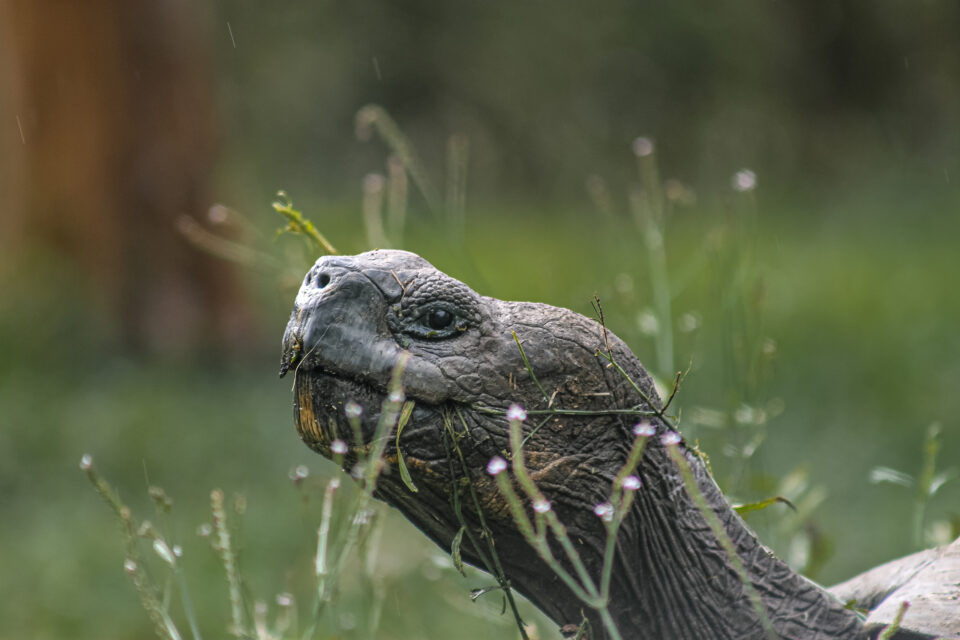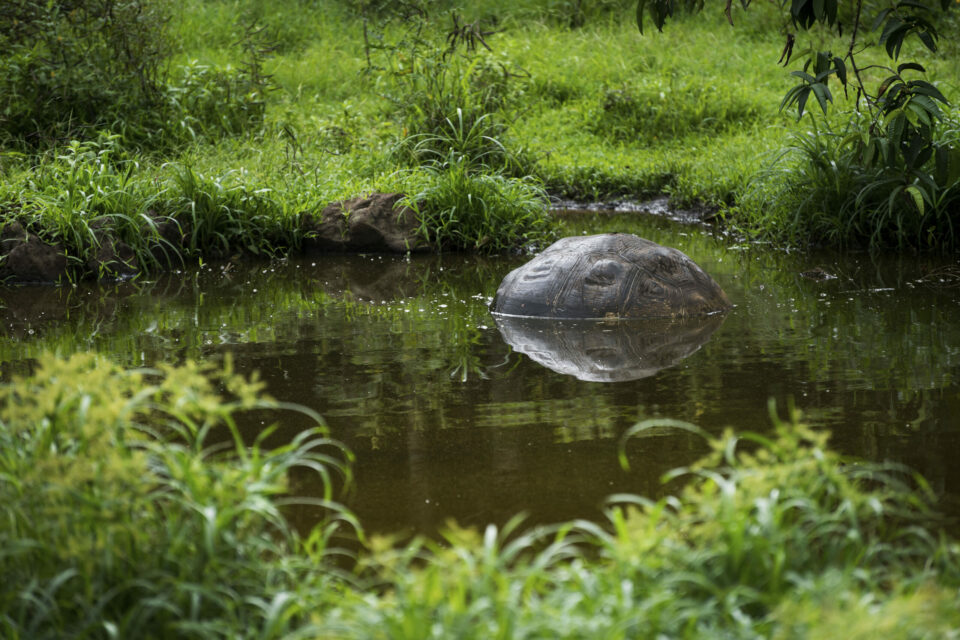

What is being done to save the little vermilion flycatcher?
With its striking red plumage and distinctive call, the little vermilion flycatcher is instantly recognisable. Sadly, this colourful species is under threat, just like many of the Islands’ land birds.
What are the threats facing little vermilion flycatchers?
On inhabited islands, little vermilion flycatcher populations have been declining rapidly as their Scalesia, Tournefortia and Zanthoxylum forest homes are cleared to make way for agriculture and a growing human population on the Islands.
Especially in Santa Cruz and Isabela, their remaining habitat is being altered by the introduced hill raspberry plant (Rubus niveus). With its dense, spiny thickets, the plant prevents the little vermilion flycatcher from foraging for food on the ground.
Invasive species such as the parasitic fly, Philornis downsi, feed on tiny chicks and the blood of nesting birds, which almost always results in nestling mortality but can also cause deformed beaks, reduced growth rates and anaemia.
Luckily, several conservation actions are underway to restore their habitat and eradicate invasive species.

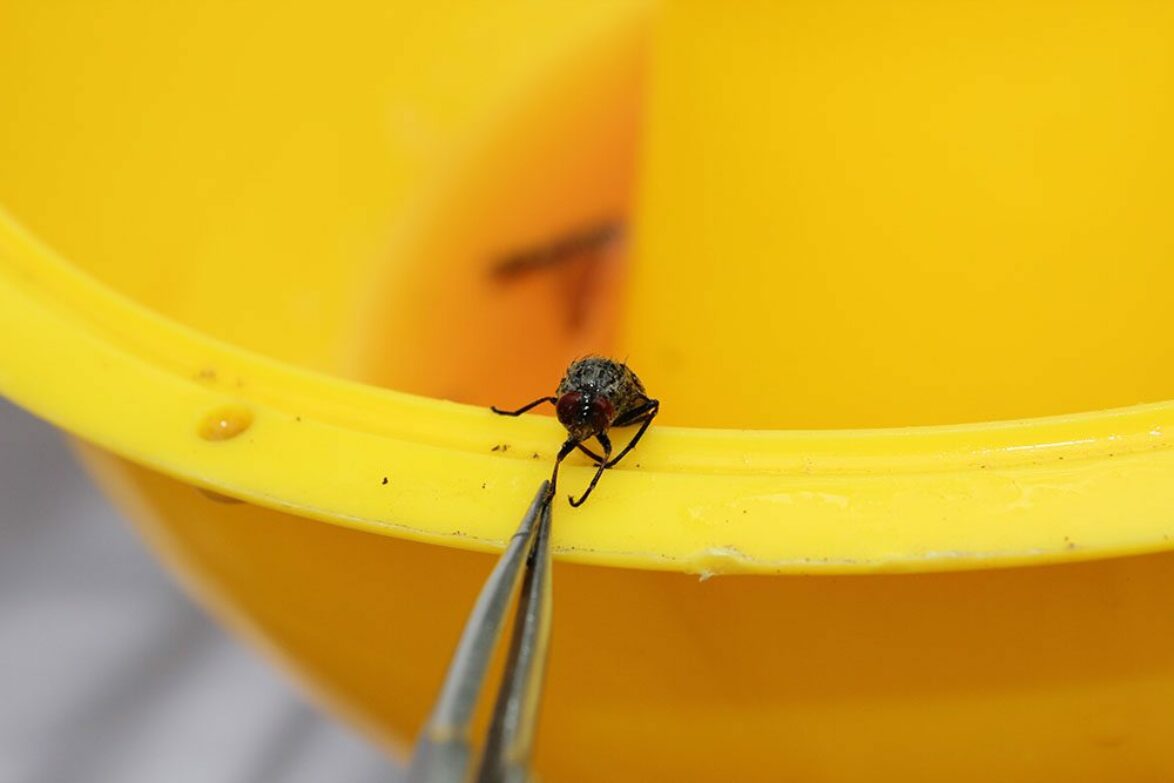
How do we solve the problem of invasive species in Galapagos?
Discover what we are doing to protect the native species of Galapagos.
Removing invasive species
Led by our partners at the Charles Darwin Foundation (CDF), the Saving the Little Vermilion Flycatcher project, which GCT has been supporting since 2019, is targeting the parasitic Philornis downsi by fumigating little vermilion flycatcher nests with the insecticide Permacap. Early trials on Isabela island have shown positive signs, with the team now looking to implement the technique on a broader scale across multiple islands.
On Floreana, restoration of the island’s ecosystem is now underway following the eradication of invasive species at the end of 2023. This is exciting news for the little vermilion flycatcher, which is locally extinct on the island and one of 12 species scientists will reintroduce to Floreana over the next few years.
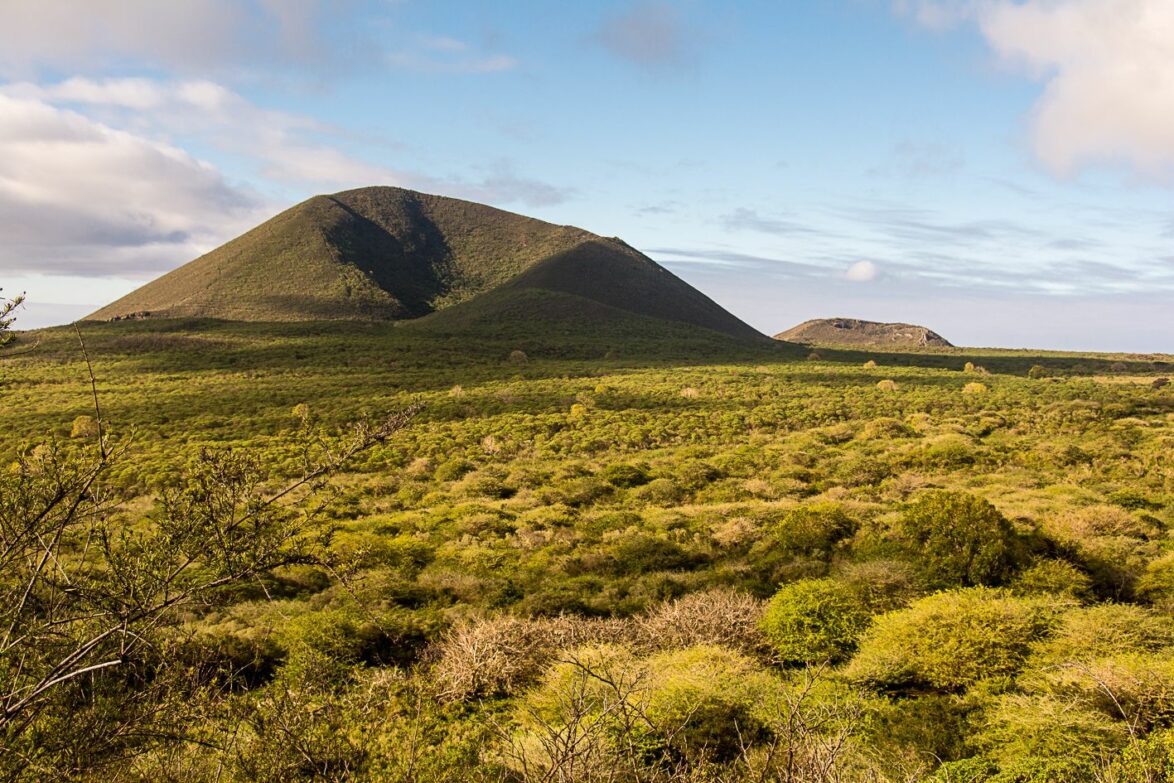

Saving the little vermilion flycatcher
We are working to save the little vermilion flycatcher, one of the most charismatic and colourful birds in Galapagos, from invasive species on Santa Cruz island.
Collecting health data
To help inform management and reintroduction plans, the team at CDF has been busy collecting critical baseline health data on little vermilion flycatchers. In 2023, samples were taken from over 400 birds of different species living in the same environment from five islands (Santa Cruz, Floreana, Isabela, Pinzon and Rabida) to detect the presence of several diseases, including adenovirus, herpesvirus, and mycoplasmosis.
Mapping the distribution and prevalence of diseases throughout the Archipelago provides the team with a better understanding of potential threats to the health of wild and domestic birds and the health of humans.

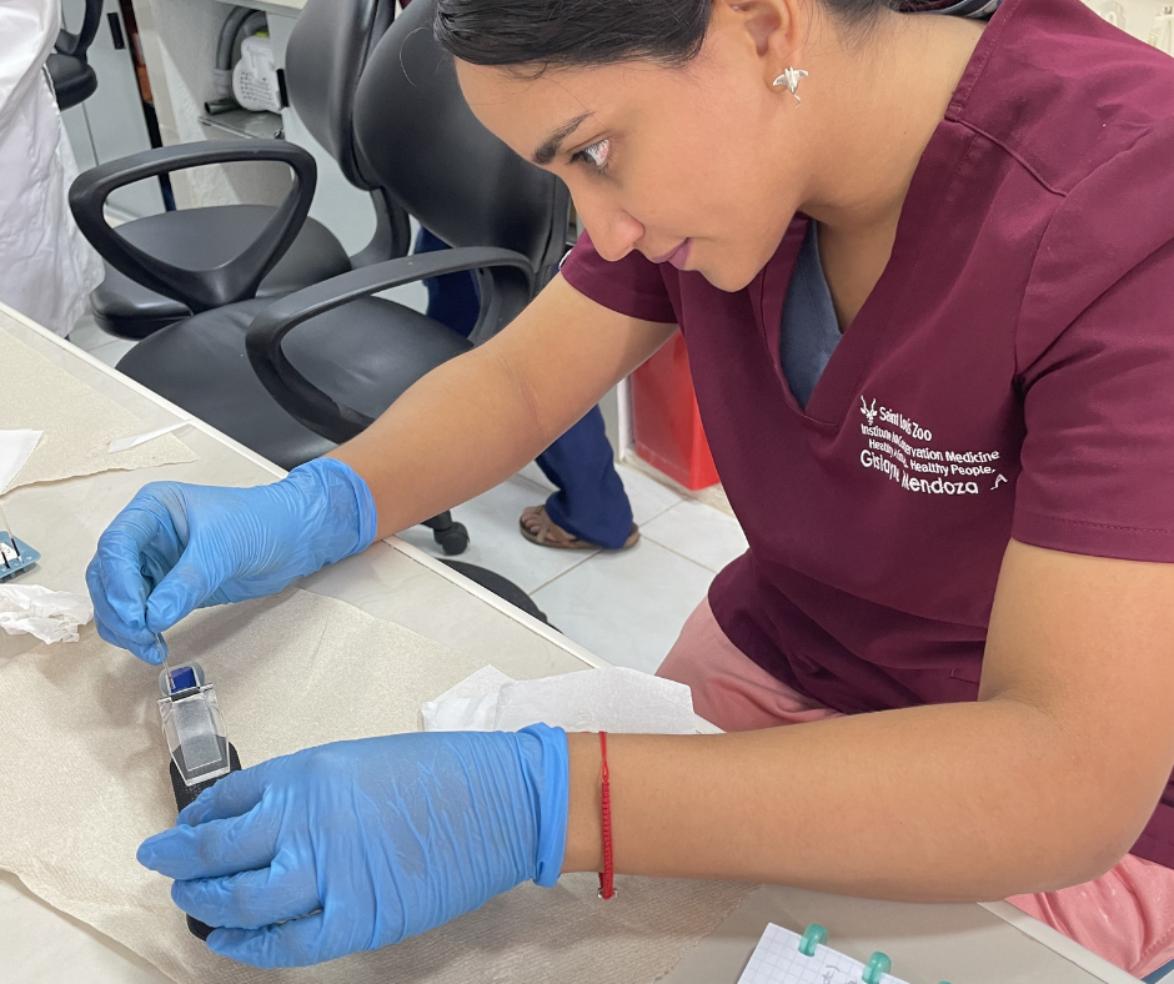
Studying the health of land birds
Gislayne Mendoza Alcívar, laboratory technician at the Charles Darwin Foundation, shares her experience studying the health of some of the Islands’ most endangered birds.
Thank you for your support
We are thrilled to share that we have raised over £29,000 from our Red Alert appeal. Thanks to your overwhelming generosity, we can continue to fund the groundbreaking work being done to bring the little vermilion flycatcher back from the brink of extinction.
While this is a phenomenal result, there is a continued need to support these critical projects, which is why we are participating in the Big Give Green Match Fund campaign. Every donation you make between 18 and 25 April will be doubled, helping us to reach our target of £20,000. The money we raise will fund work to control invasive species, restore habitats and support the reintroduction of the little vermilion flycatcher to its rightful home.
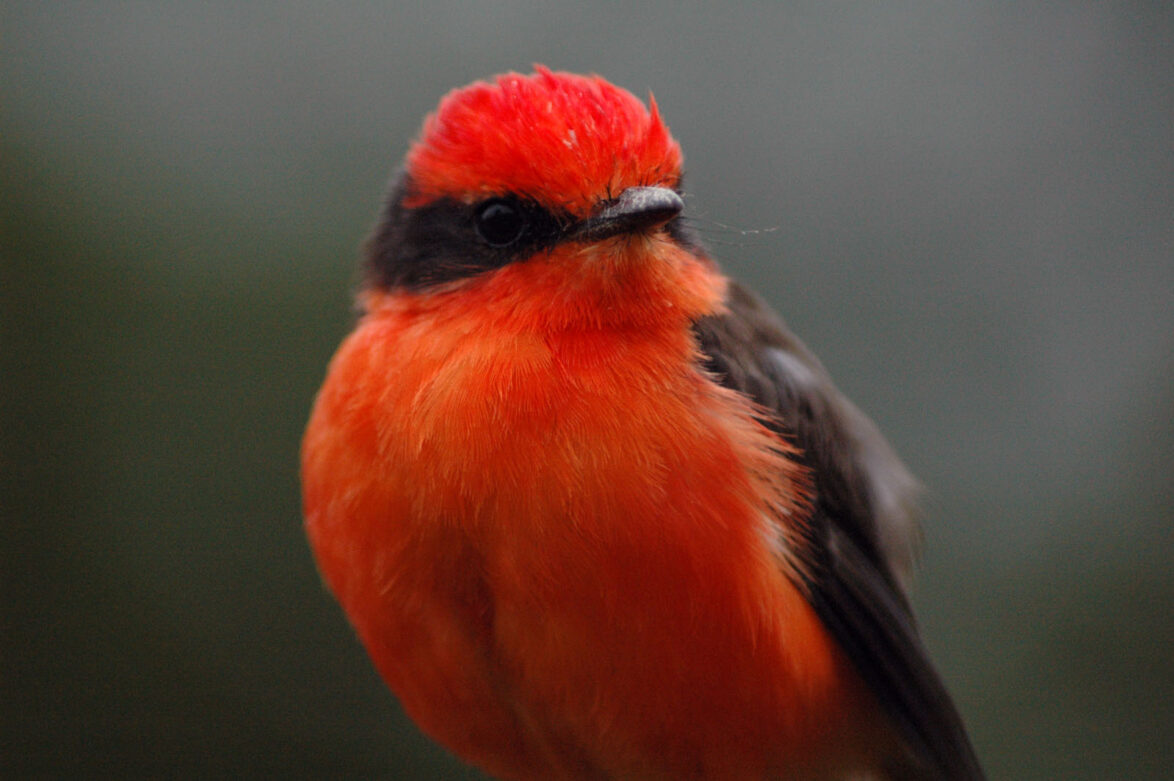
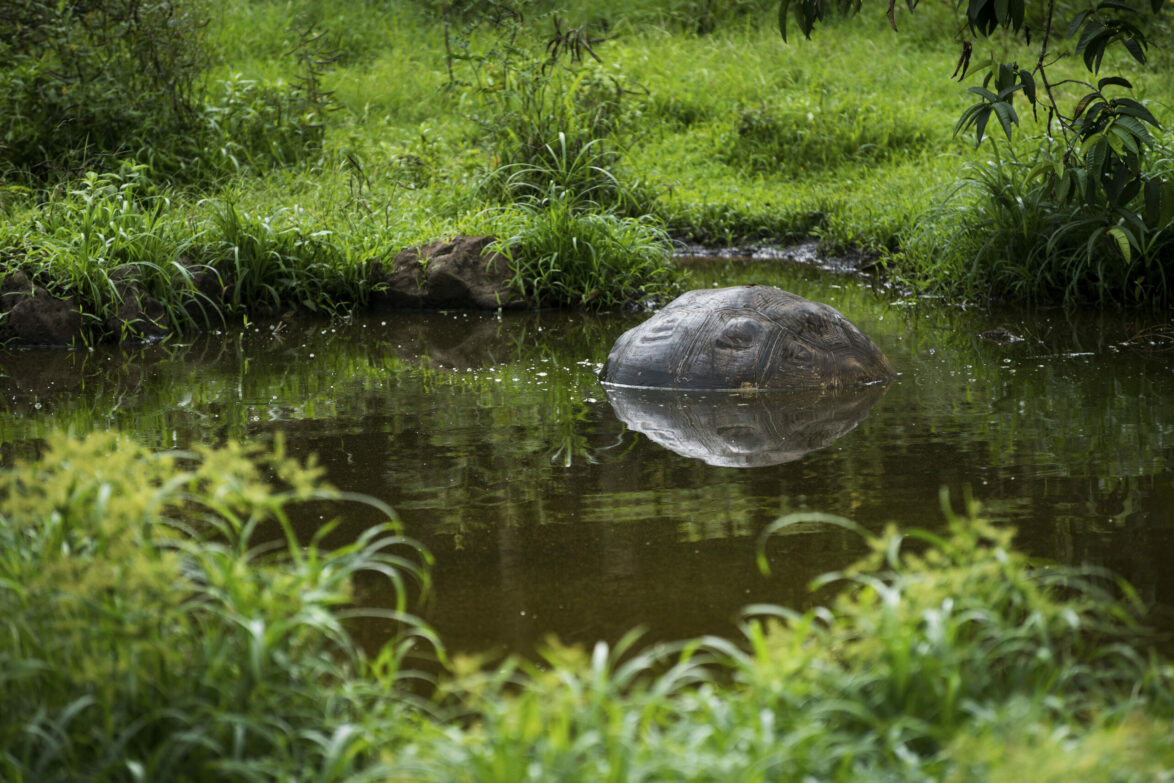
Support our Rewilding Galapagos Appeal
Help secure a safe future for the little vermilion flycatcher.
Help the wildlife of Galapagos survive and thrive
There are many ways to support our vision for a sustainable Galapagos: why not adopt an animal, become a GCT member or donate today?
Related articles


5 of the most colourful birds in Galapagos
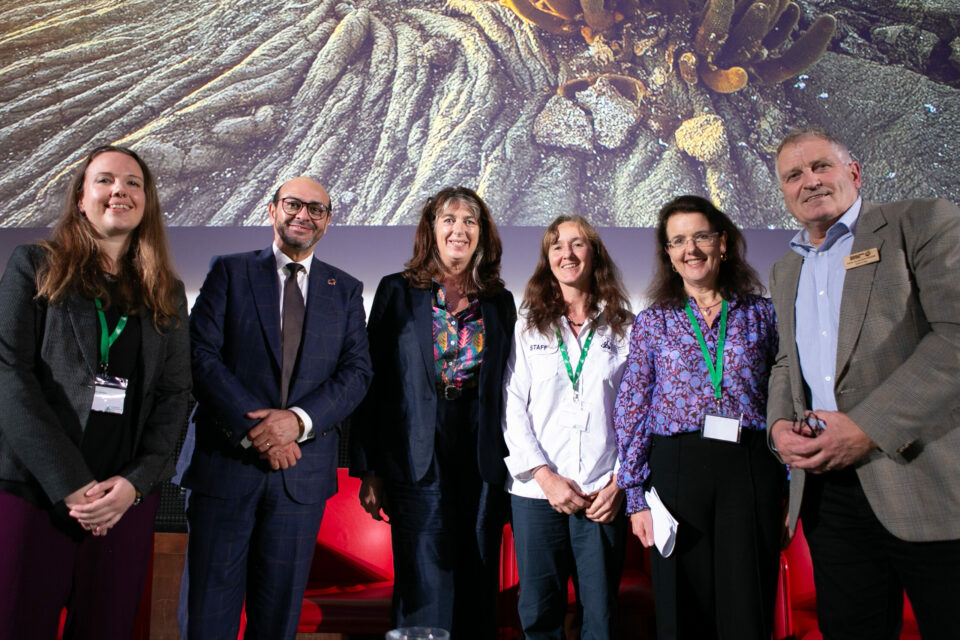
Galapagos Day 2023: Rewilding Galapagos
